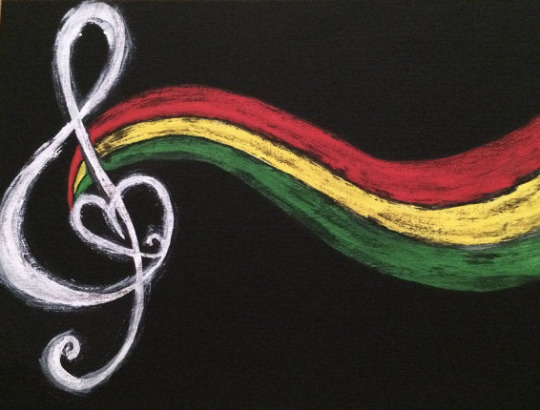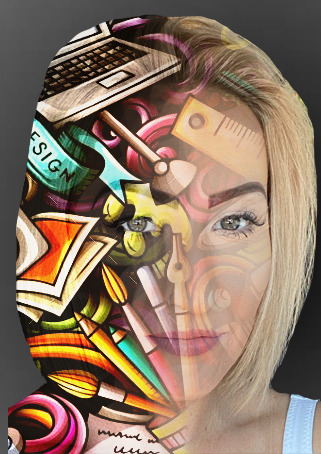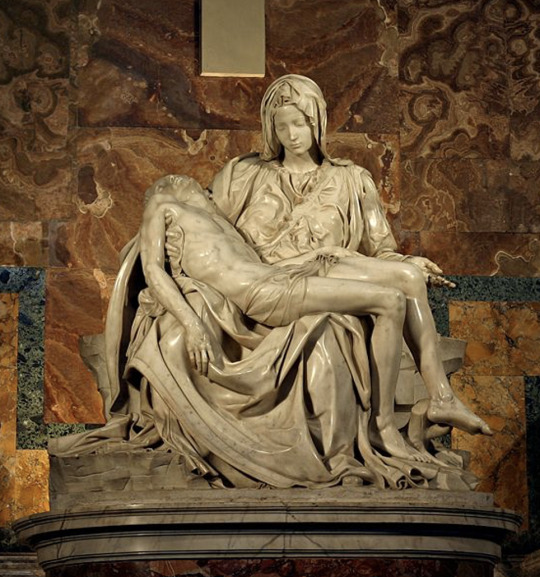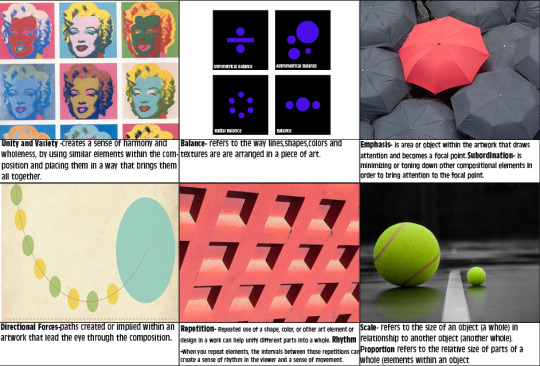Don't wanna be here? Send us removal request.
Text
Final exam




It took me a little bit of time to decide on what I wanted to do for my project. I've mentioned before my love for reggae music and I was listening to it the other morning my inspiration hit. I did my painting of Bob Marley on a 12x12 canvas using acrylic paint. I sketched it out first with a 2b graphite pencil. This was challenging and also of fun to do.
0 notes
Photo

I have been working on this on and off for the past month through adobe illustrator. This project was a lot of fun for me to do. I wanted it to look like a real painting but still have a digital feel to it.
0 notes
Text
Jackson Pollock
I want to start by saying this was such a great movie full of emotions. You feel so much while watching this. Jackson Pollock was just a kid when his father left him and his family forcing him to move in with his older brother Charles. That is where he met Thomas Benton Jackson. He studied under him for years and considered him a family. Pollock was a very talented artist but was overshadowed by his drinking. While Living with his brother Sande and his family he meets his future wife Lee Krasner. Krasner takes a huge interest in Jackson and pushes him to keep painting and exploring. I want to start by saying this was such a great movie full of emotions. You really feel so much while watching this. Jackson Pollock was just a kid when his father left him and his family forcing him to move in with his older brother Charles. That is where he met Thomas Benton Jackson. He studied under him for years and considered him a family. Pollock was a very talented artist but was overshadowed by his drinking. While Living with his brother Sande and his family he meets his future wife Lee Krasner. Krasner takes a huge interest in Jackson and pushes him to keep painting and exploring his talents. Pollack is soon introduced to Peggy Guggenheim who offers him his first contract, his own art show and to paint a mural for her new home. Pollock’s mural was a huge hit and gets attention from big names. But his drinking was really out of control, so he and Lee Krasner move to the country. Jackson loved being in the country he really enjoyed how quiet it was. One day while painting Pollock finds himself dripping paint from his brush all over the ground. He continues to let it drop in different directions and even starts splatting the paint. From there he finds himself fully indulged in the paint dripping. Experimenting with different colors and on different surfaces. He even goes as far as to say the brushes he uses are more sticks than brushes because the bristles never hit the canvas. Annoyed by filming his work with Hans Namuth Jackson feels like a phony and goes and begins drinking again. Once again struggling with critics Pollock finds himself further indulged in drinking than he's ever been. After a series of events, Jackson finds himself behind the wheel fatally killing Ruth’s friend Edith, himself, and throwing Ruth from the window.

0 notes
Photo

Ploughing in the Nivernais
Artist: Rosa Bonheur
Media: Oil on Canvas
Culture: French
Date: 1840
Dimensions:52” x 102”
Rosa Bonheur was a French painter and sculptor. Bonheur was born in 1822 and grew up in a home full of creativity. Her mother was a piano teacher and her father painted portraits. Bonheur had siblings that were also painters and sculptors. Rosa Bonheur’s father became to push her more as teenager into following her passion of painting animals. Bonheur lived a more unconventional life as she got older. She was a lesbian that wore men’s clothing which was a very controversial decision in the 19th-century-france. Bonheur was the first female artist to be awarded the French legion of honor in 1865. Bonheur was somewhat known as a radical in her person life. But as an artist she was very conservative.
In 1840 Rosa Bonheur created the “Ploughing in the Nivernais” from her collection “The Pages” in Musee d’Orsay, Paris. “Ploughing in the Nivernais referred to both the region and the kind of oxen in this painting. Bonheur had a lot of interest in rural society and portrayed that in this piece. Georges Sand’s novel “The Devils Pond” also played a role this piece’s inspiration. It is about the celebration of the nobility of animals and the peasants labor in the field. Bonheur created this painting just one year after the revolution. She actually had to get permission from local government to wear pants so that she could paint in the fields. Leading up to this painting Bonheur spent countless hours in slaughterhouses studying the anatomy of carcasses. Which I believe helped translate this painting with such clear precision and perfect rendering.
In this oil painting done on canvas Rosa Bonheur shows theseoxen turning the soil in the fall to prepare it for the following years season. The pretty rolling countryside with wooded hills in the distance provides the background for two teams of oxen pulling heavy ploughs. The freshly turned soil scores the foreground. The soil itself gives you the sense that this is the strength of France. The Earth looks incredibly rich and gives a nationalistic idea of the French countryside. Rosa Bonheur left out the harnesses, yokes and guides that usually would be seen on plows as well as the central chain that can be seen. The animals seem to be working, but also free, the people that push them along are hardly even. important. The oxen are so powerful and beautiful they come forward in a receding diagonal that moves into our space. Theirbacks are so beautifully aligned, they almost create their own horizon like the hills beside them.This gives the viewer a sense of depth and atmospheric and a sense of weather and the warmth of the sunlight. This painting was really so intensely and carefully observed. I believe it tells a story of labor itself but in a kind of simple way. She's emphasizing the importance of landscape, of animal painting itself, on a scale that is often reserved for history painting.
0 notes
Photo

Photography and Social Change
My second photo was taken by Lewis Hine who was a social justice activist. He was an investigative photographer for the National Child Labor Committee. Hine believed that if people could see for themselves the abuses and injustice of child labor, they would demand laws to end those evils. I think this photo represents his purpose very well by showing 3 young boys smoking cigarettes.
0 notes
Photo

Photography and Social Change
My first photo was taken at SlutWalk Melbourne, on the steps of Parliament House. This is a protest for anti-victim-blaming and is about how survivors dress, talk, flirt, laugh, is never to blame for rape and assault. The photo visually represents the story by showing a woman holding a sign that says "My clothes are not my consent." You can see the anger in this woman's face and feel her pain and want for a change.
0 notes
Photo

Art Project
I’ve never been the best painter, so I decided to push myself choose to do a painting for this project. I absolutely love reggae music, so I decided to do a music note with reggae colors. I can’t play any instruments and I can’t sing to save my life. But my passion for music is beyond anything. Its like an escape from realty for a small-time frame. It brings me inspiration and can help bring me out of the worst of moods. Honestly when I sat down and had all of my stuff ready to go, I had no clue what I was going to paint. I turned on my favorite band (Rebelution) at full blast and just started with my background and the rest just came to me.
0 notes
Photo

Connecting art to your world.
As I’ve mentioned before I’m a hairstylist, so color has changed my life dramatically and plays a role in my life every day. knowing how color compliments each other or neutralizes another are two of the biggest components I use daily. Value also places a big role being able to create demission in someone’s hair by using darker and lighter colors and specific placement. More than my career I love color because it sets a tone and mood for viewers to know a feeling just from seeing. Color is so powerful and obviously is everywhere and everyone can relate to it whether having a passion for it or not. I feel like this color scheme that would suite me well. I super girly and love pink, but these are just uplifting enough but are also very soothing to me. I’m a very scheduled and repetitive person with different ups and downs but I’m always to true to myself. That’s was I choose different pinks instead of all different colors.
0 notes
Photo

Writing and looking
I choose Wallace Berman, UNTITLED (A1-NABULAE) for my recipe from chapter 4.5 fig 4.14. Using a photo from a magazine Wallace created rhythm with repetition. He reproduced the shape precisely and varied the exposer faintly in each photo. Repetition of the hand in each from and the repeated radio he created the rhythm. Then adding the Hebrew letters to each photo added more variety.
1 note
·
View note
Photo

Self Portrait
I have a strong passion for makeup and hair along with digital art so I wanted to represent both of those in my self portrait
0 notes
Photo

I am a 31-year-old female. I was born and raised in Manatee County and have lived here my entire life. I have a 4-year-old son named Camden who is my everything. My amazing husband and I just celebrated our 6-year anniversary. I enjoy working out, fishing, and spending time with my family and friends. I have worked as a hairstylist for the past 12 years. It is such a great feeling to bring a client's vision to reality. I have the same passion for graphic design. I love taking my sketches or thoughts and bringing them to life virtually.
0 notes
Photo

This painting is so important to me because my grandmother made it for me. She would always say she wasn’t good, but she didn’t care because she loved it. I think this piece is beautiful because she loved the ocean and painted it how she remembered it. Her memory wasn’t the best at this time, but you would never know that from her paintings. This painting was done with oil paint on a canvas and her signature “S” wax stamp.
0 notes
Photo

Michelangelo 1499 Pieta. Marble; 68.5” × 76.8”
1. The Pieta by Michelangelo portrays Mary holding her son Jesus Christ's body on her lap right after his Crucifixion.
2. "The Pity" is the English translation of The Pieta.
3. It took Michelangelo only 2 years to complete this masterpiece. He began work in 1498 AD and completed it in 1499 AD
4. The Pieta is currently on display at St. Peter's Basilica in Vatican City. But has been moved a number of times since its original placement at the Chapel of Santa Petronilla.
5. Michelangelo carved The Pieta from a single slab of marble.
Growing up in an Italian catholic home this piece was definitely familiar. I knew it portrayed Mary holding Jesus after his crucifixion which is deep on its own but my thoughts definitely changed after researching it. I found it very interesting how much work he had to do camouflage Mary's actual size to keep the statue as he envisioned it. I think the amount of detail Michelangelo put into this piece breathtaking. There are small nail marks where Jesus was nailed to the cross in addition to the wound on his side. Which stayed true to the new testament that claims he was stabbed during his crucifixion. overall my thoughts definitely changed towards this piece with more appreciation towards how much thought and effort was behind creating it.
1 note
·
View note
